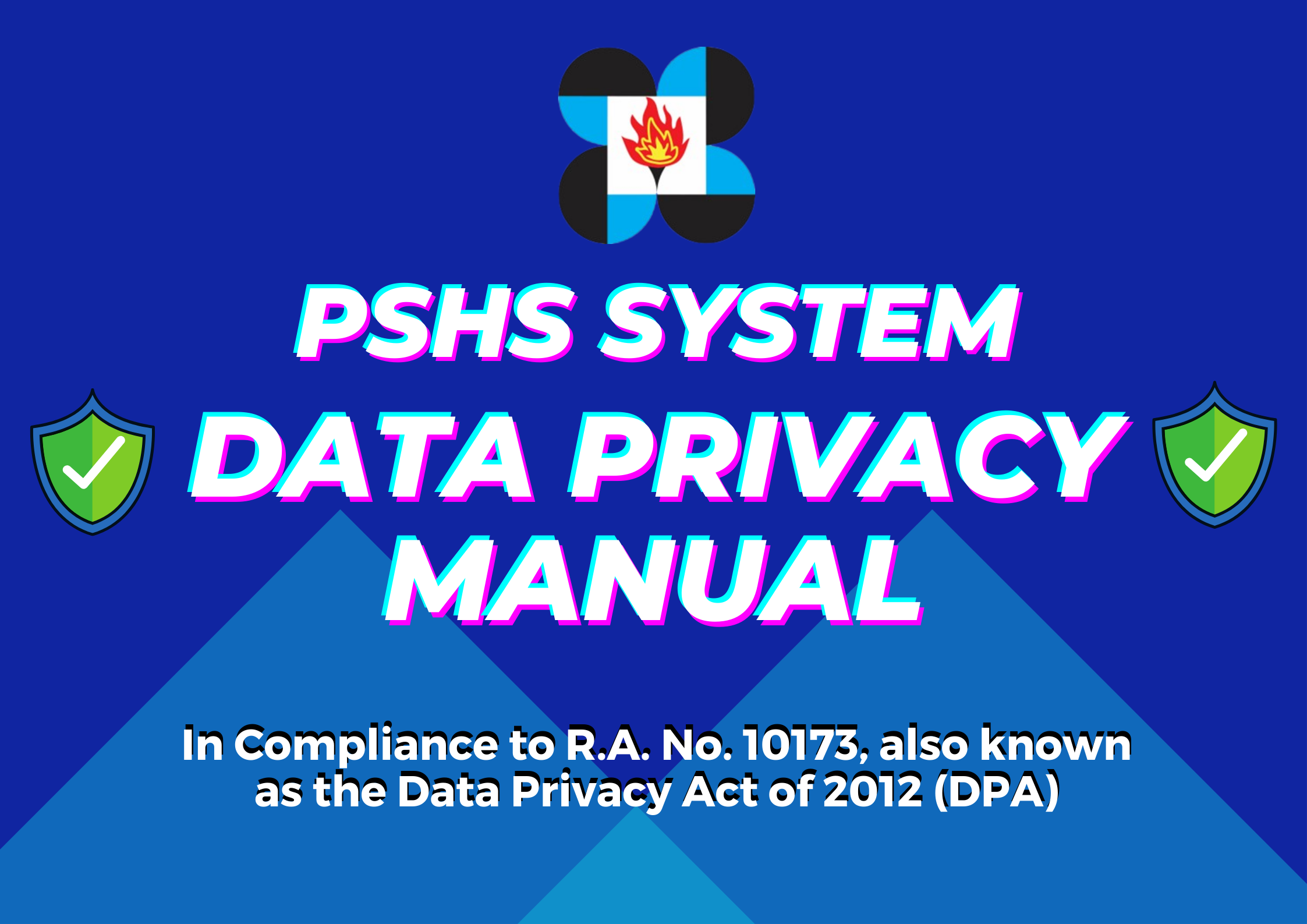ISOC/APAN sponsors data center training for PSHS-CLC
The Philippine Science High School System (PSHS) is constructing a campus and learning resource center on a 4.6-hectare learning site in New Clark City, Tarlac. The site will house the data center of the PSHS System. As the nearest campus to the facility, PSHS - Central Luzon Campus (CLC) is in the best position to offer technical assistance in planning, construction, and maintenance. In order to strengthen its capability, PSHS-CLC sent one of its personnel for data center professional training.
The Certified Data Center Professional (CDCP) training is a two-day online training secured through a generous grant from the Internet Society (ISOC)/Asia-Pacific Advanced Network (APAN) Fellowship Program for Network Engineers. At the end of the training, attendees can take a certification examination.
The first day covered the ANSI/TIA-942 standard, which lists the requirements for data centers and computer rooms. The discussion also described the various rating levels, appropriate locations in setting up, and best practices for building and construction. It also tackled the load calculations for raised floors, guidelines on grounding systems, and measurements for suspended ceilings. The trainers stressed the importance of lighting and its placement, along with the emergency lighting system. There was a lecture on the power infrastructure from the generation to rack level, various transfer switches, redundancy levels and techniques, and more power-related concepts. In addition, sizing and calculation of loads were also addressed. Furthermore, it was explained how backup batteries were critical in the overall environment of a data center. Real-world examples were cited to explain the impact of various redundancy levels of power facilities and risks of electromagnetic fields on various networking equipment.
The second day began with a discussion of rack standards and cooling architecture. The trainers mentioned recommended temperature and humidity levels for various devices, as well as cooling measurement units and conversion rates. Additionally, the distinction between sensible and latent heat was highlighted. Cooling solutions for raised floor and non-raised floor configurations were also included. Moreover, there was an analysis in the constraints associated with the positioning of air conditioning units. A separate discussion on cold aisle and hot aisle containment systems showed how these affect the overall operating conditions of networking devices. This day also introduced a variety of fire suppression standards and techniques, smoke detection systems, and the benefits and drawbacks of various fire suppression systems. There was also a quick discussion on the auxiliary systems for monitoring the networking equipment and its environment. Lastly, there was a lecture on Building Management Systems and Environmental Monitoring Systems, which include water leak detections and alarm notifications.
These topics show that each component integrates and complements other parts in a data center.
Attendees were provided with an understanding of the data center professional's standards and best practices. The training also helped identify potential environmental threats to the data center and devise strategies to address them. Additionally, attendees were taught how to optimize data center efficiency and how to do maintenance on various networking equipment.
This training stressed that knowledge in information technology networking laid the groundwork for all other topics. This training taught attendees how difficult it is to plan, build, and maintain a data center. On the other hand, certified professionals are trained to be capable in recommending the best network design for data centers in their respective institutions.
- Details
- Hits: 487
















